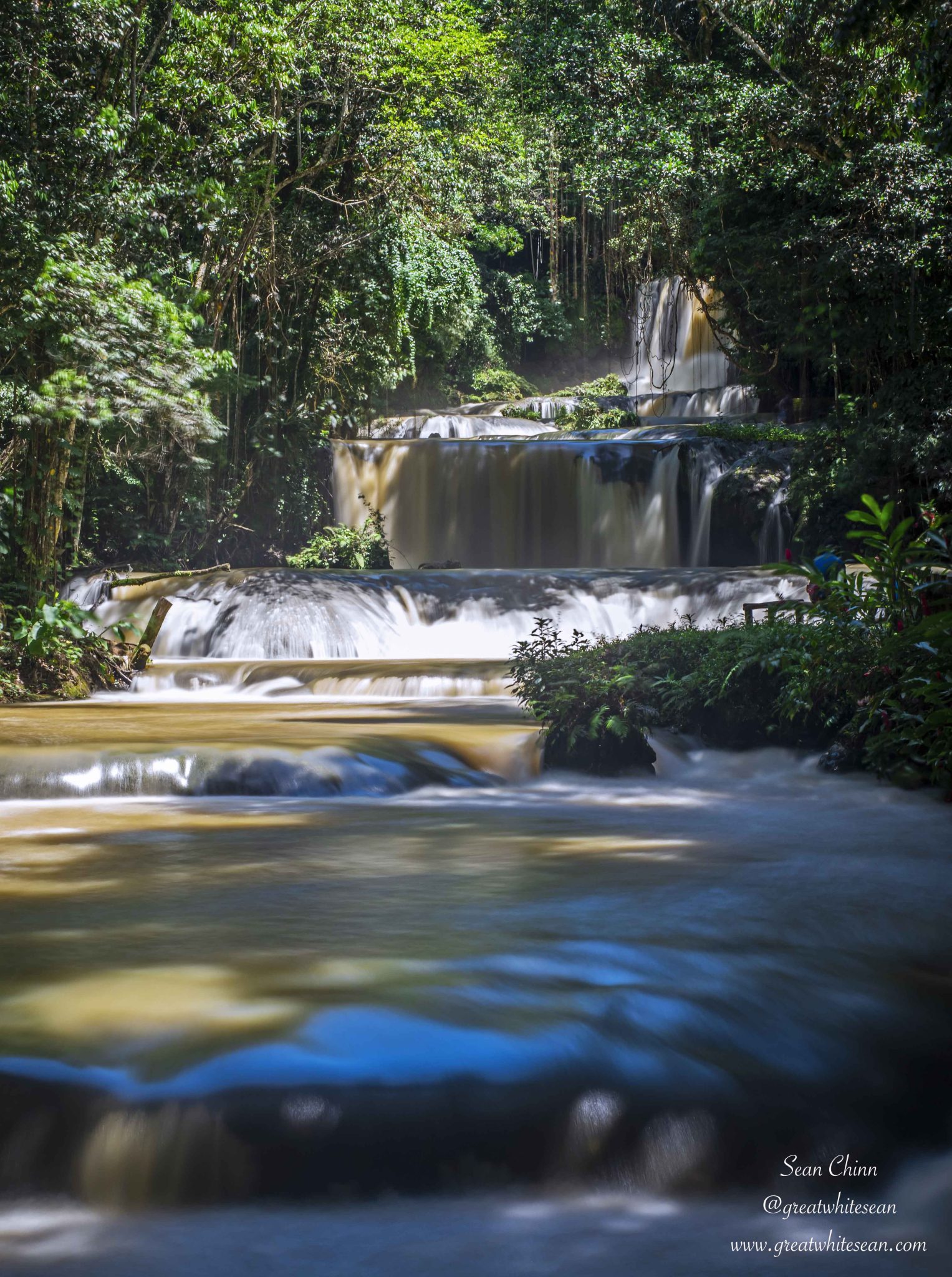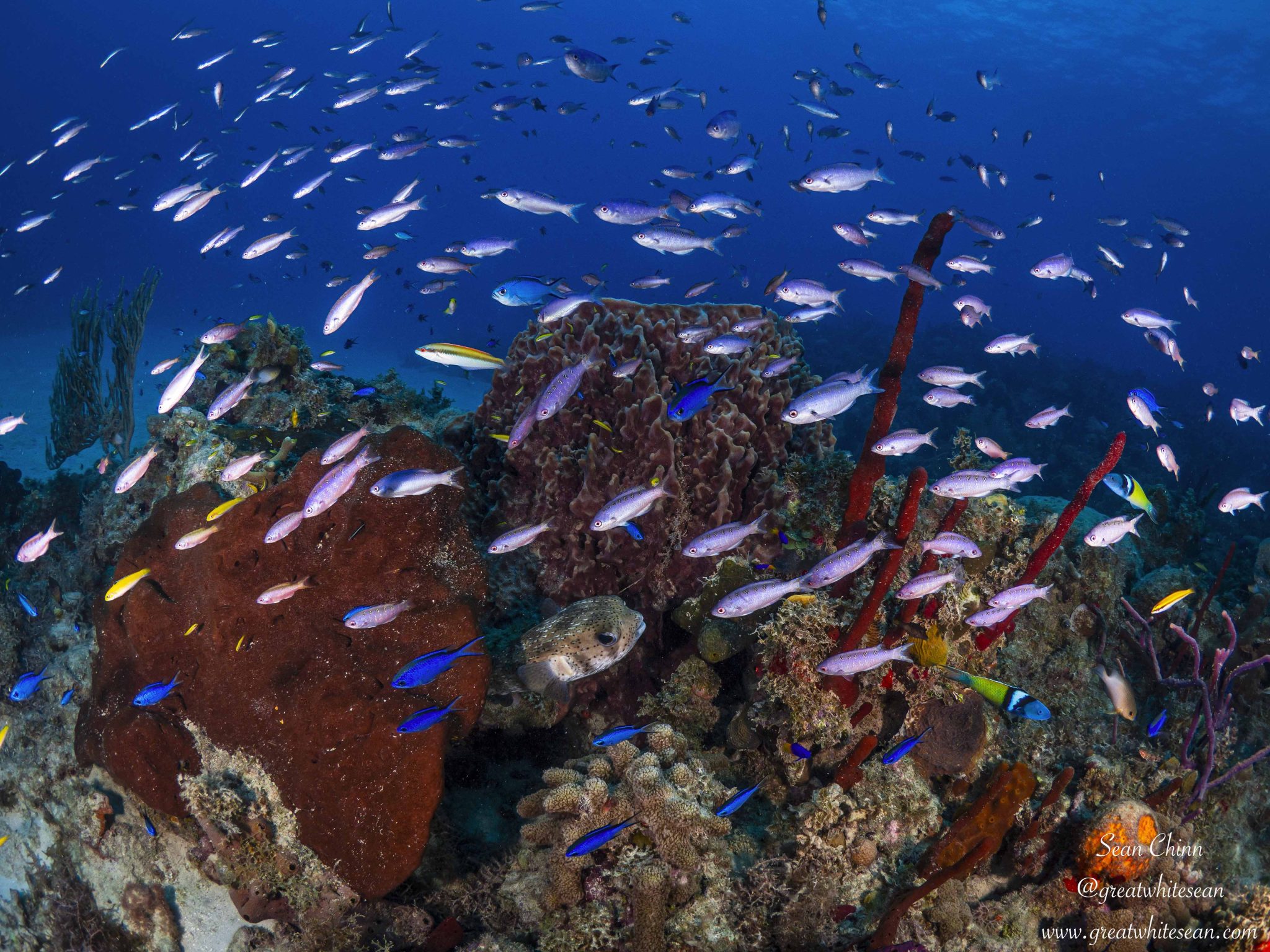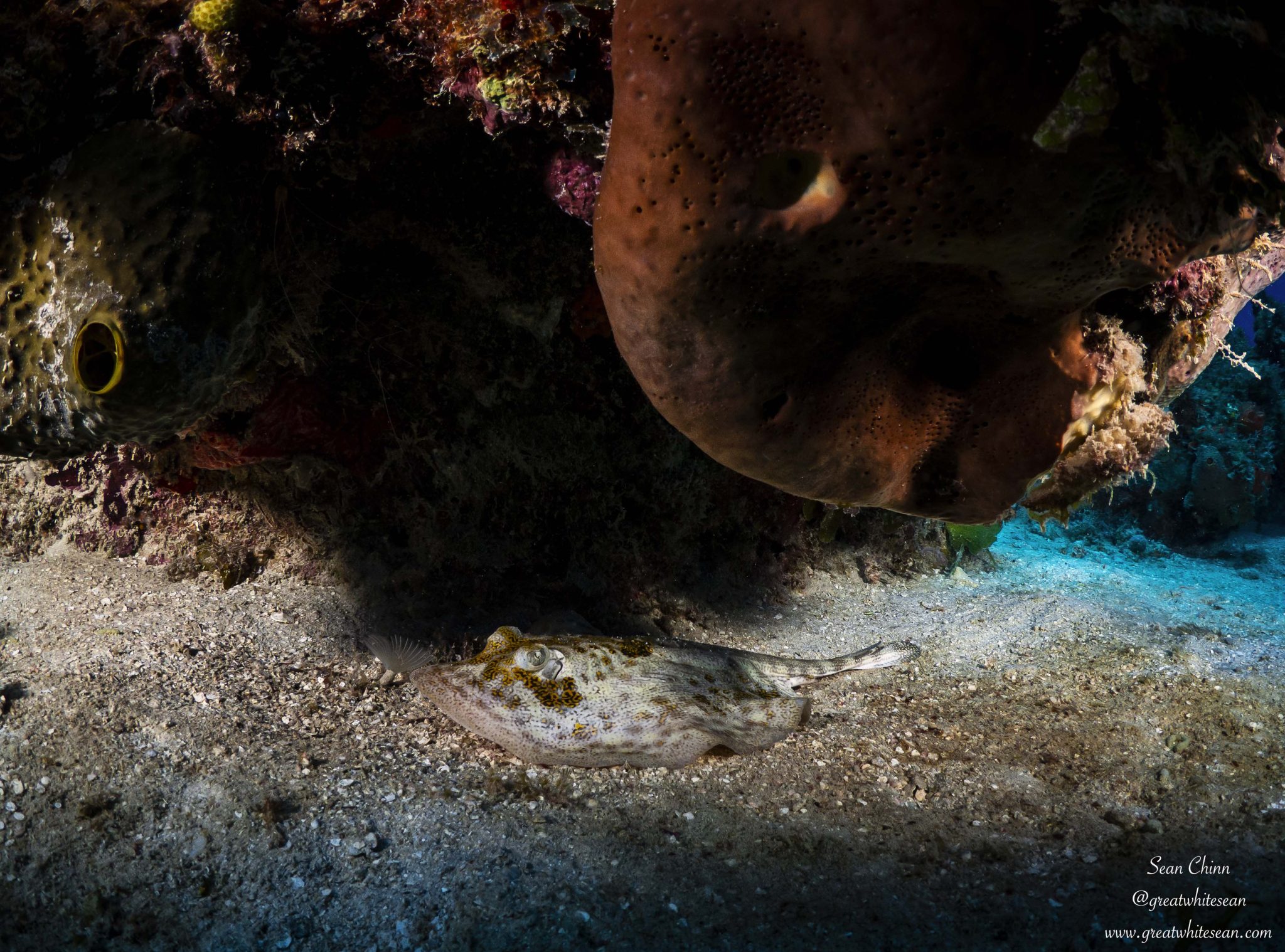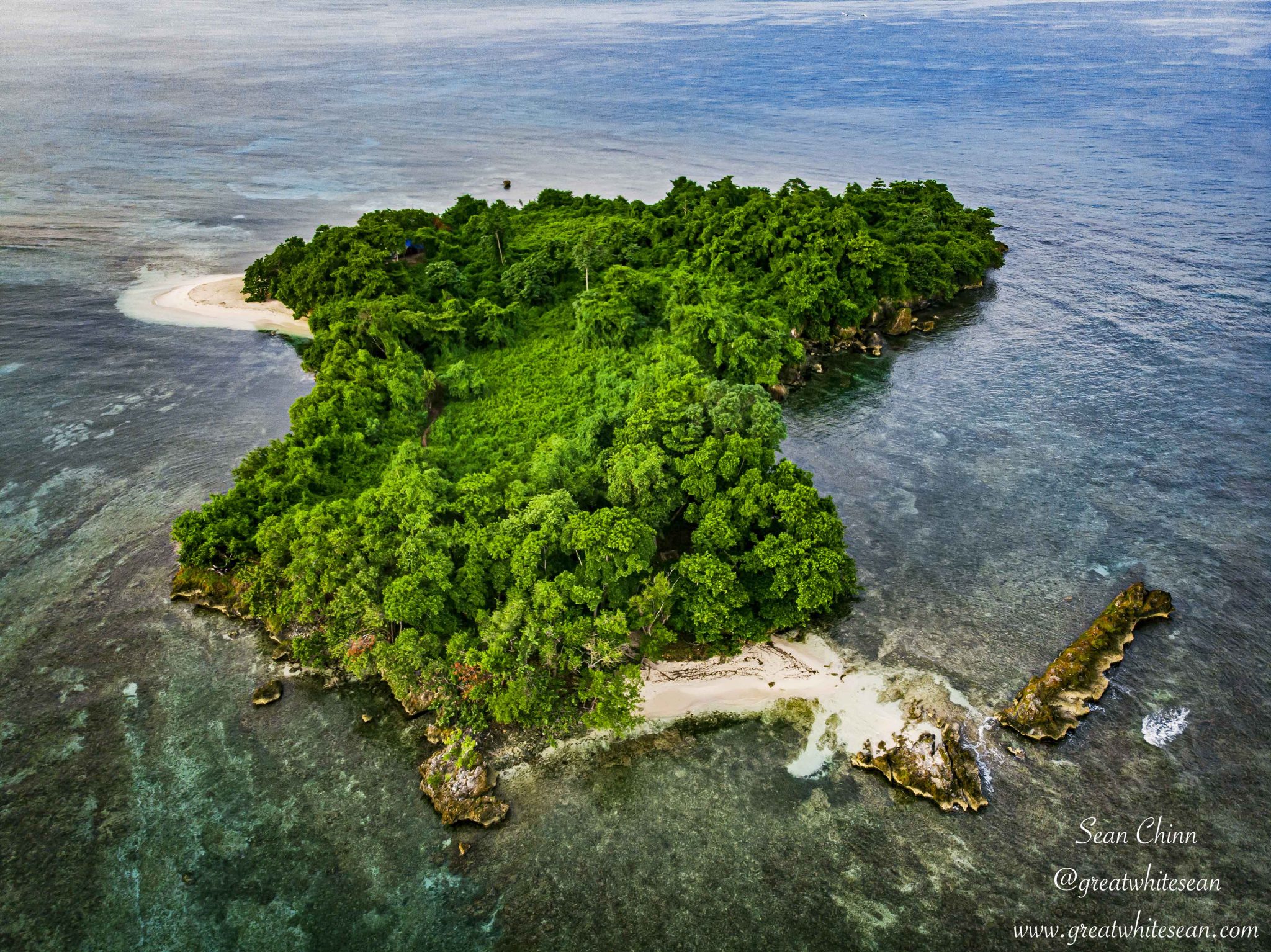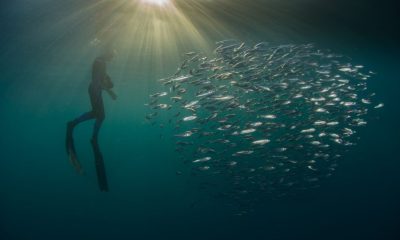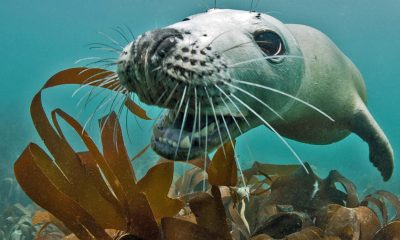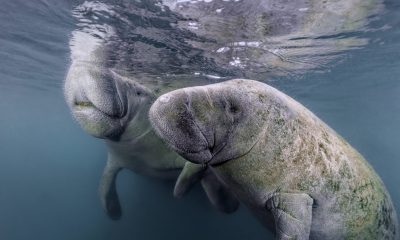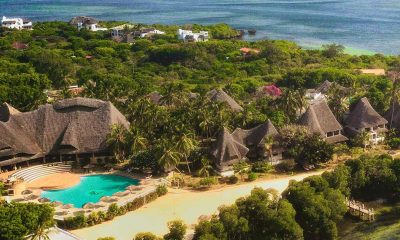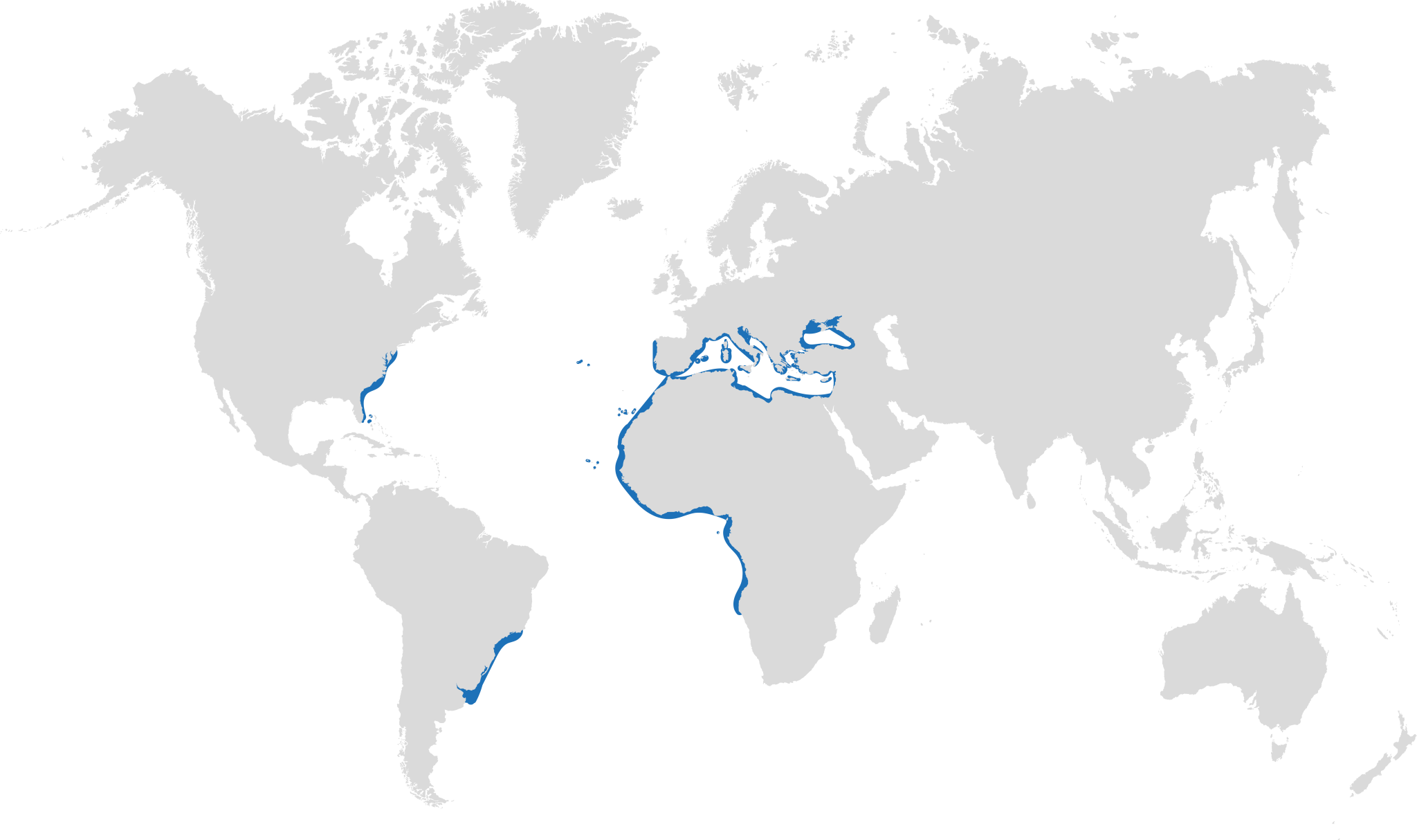News
Jamaican Vibes
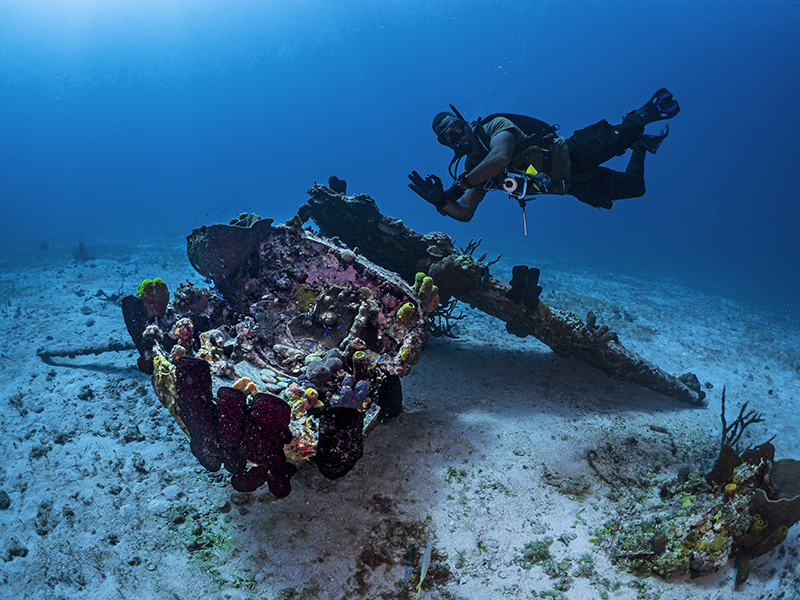
With part of my wife’s heritage being of Jamaican descent, I really don’t understand why it’s taken so long for us to visit this amazing Caribbean Island. Firstly, as a couple enjoying adventures together and then over the last 5-6 years with our daughter as a family.
Finally we made it and enjoyed an amazing two weeks together, with the in-laws also in attendance. Initially scheduled for 2021, Covid reared its ugly head and a postponement meant we had to contain our excitement for another year until July 2022 came around and we were off.
We had booked your typical two week all-inclusive style holiday with TUI, stopping at the Royalton Negril. It was also my daughter’s longest flight but thankfully she coped really well and was a pleasure to travel with. It took a few days to get into the holiday as we made use of the all-inclusive perks of the hotel. Stuffing our faces in the abundance of restaurants or food stalls on-site (the jerk hut was a frequent lunchtime visit). While we also enjoyed the entertainment from the on-site Vibes Team. I really love the energy and enthusiasm for music in Jamaica, with the dance routines and music choices entertaining pool side.
As fun as it was on-site, you can start to feel a little trapped all inclusive. We were soon itching to break free and explore other parts of Jamaica. Being in Negril we were too far from the famous Dunn’s River Falls, so opted for the equally impressive YS Falls. It’s rainy season in July, so the falls were powerful in force, albeit less clear with a brown tinge. Still, it was a beautiful place to visit, while also enjoying rope swings into the pools and swims to cool off.
We followed up our visit to YS with a Black River Safari (you can easily manage the two trips in a day). This was a real highlight for me as I love big predators ,and seeing the American crocodiles up close again was great. It was also another stunning place as we cruised through pristine mangroves listening to the sounds of nature. Then on the way back we stopped at some local food huts for traditional Jamaican cuisine.
I love enjoying trips with the family. However, none of them are divers and I was desperate to sneak off and get some diving in. With getting married this year, diving had really taken a back seat and was long overdue. Before I left for Jamaica, I asked advice on a Facebook group for diving out of Negril and dive centres they recommended. However, I was disappointed to see a lot of negative comments basically telling me to save my money and how it really wasn’t worth it etc. Undeterred, I knew I still wanted to get some dives in and was able to get connected to Michael Cabana, who is the owner of Scuba Dive Today. Unfortunately, Michael was out of the country but put me in touch with his MSDT Sharren Robinson. They were based out of Coral Seas Cliff Hotel and he recommended coming to do a couple of dives on their house reef.
It was an eerie feeling when I first arrived for diving at the Coral Seas Cliff Hotel, as it is still closed since the pandemic and I wondered if I’d got the right place. However, I soon met Sharren, where we filled in the necessary paperwork and he provided me with all the necessary equipment. He also explained that when the high season returns the hotel is due to open back up for the first time since Covid. Immediately I saw its appeal as a group dive holiday destination in the area.
We made our way through the “abandoned” hotel towards the cliff’s edge where we had a short giant stride in. What a beautifully peaceful dive with nobody around but me and my guide Sharren. I wasn’t left disappointed like the commenters on Facebook alluded to. The water was stunningly clear with plenty of life on the reef and beautiful coral formations akin to the rest of the Caribbean. A really easy pleasant dive along the reef and sandy bottom down to around 20 metres.
I had some problems with my camera on the first dive and didn’t take any photos but I soon rectified that between dives and was glad to go back in for a second. On the first dive we went right along the reef before circling back. So, on the second we went left before circling back. Equally beautiful scenery with an abundance of fish life and soft coral to photograph. The small yellow stingrays were ever-present on both dives along the sandy bottom, while seeing one of my favourite species of marine animal – the octopus – is always a joy. Unfortunately, this particular one stayed well hidden in the rocks and I wasn’t able to get images with my fisheye lens.
My next two dives out of Negril came a week later as two other divers joined Sharren, which meant I could join a boat trip out to other dive sites. We visited two of the more popular dive sites out of Negril – Shallow Plane and Arches dive site, along with the Throne Room. Again, both sites benefitted from great visibility and an abundance of beautiful soft corals. The plane wreck is only small and after a quick circle around we were back on the reef. The most fun part about both sites were the abundance of swim-throughs along the reef and overhangs to explore. The interesting topography made the dive that bit more adventurous with plenty of big crabs and lobsters inside the cracks. It was also nice to spot a nurse shark on the Throne Room dive, albeit a little far off for any photos as it changed direction once seeing us.
While I was left disappointed by the numerous negative comments online about diving in Jamaica, I was glad I took the plunge and saw it for myself. I would definitely recommend jumping in if you’re on a family holiday to Jamaica, while I’d also highly recommend Jamaica as a holiday destination. The rest of our holiday was filled with some exciting adventures as we explored Rick’s Cafe (yes, I did the high jump and it was a lot higher than expected!) We also had a fun day trip to a river rafting site that was the highlight of the trip for my 5 year old, and finished off with a swim in the Luminous Lagoon. A surreal experience that had us all smiling with excitement. I also did A LOT of snorkelling but will leave that for another blog, so stay tuned…
For more information about diving in Negril, Jamaica, take a look at:
Marine Life & Conservation Blogs
Creature Feature: Butterfly Rays

 In this series, the Shark Trust will be sharing amazing facts about different species of sharks and what you can do to help protect them.
In this series, the Shark Trust will be sharing amazing facts about different species of sharks and what you can do to help protect them.
As we’re currently in butterfly season, this month we decided to concentrate on the Butterfly Rays!
Within the family Gymnuridae, there are two genera and 12 species of Butterfly Ray. These species are morphologically different to lots of other rays because of the width of the disc and pectoral fins – in contrast to many other species of Butterfly Ray, their bodies are much wider than they are long, especially considering their very short tail. This gives them the appearance of gliding or flying across the sand.
Gymnura altavela – Spiny Butterfly Ray
Gymnura australis – Australian Butterfly Ray
Gymnura crebripunctata – Longsnout Butterfly Ray
Gymnura japonica – Japanese Butterfly Ray
Gymnura lessae – Lessa’s Butterfly Ray
Gymnura marmorata – California Butterfly Ray
Gymnura micrura – Smooth Butterfly Ray
Gymnura natalensis – Backwater Butterfly Ray
Gymnura peocilura – Longtail Butterfly Ray
Gymnura sereti – Seret’s Butterfly Ray
Gymnura tentaculata – Tentacled Butterfly Ray
Gymnura zonura – Zonetail Butterfly Ray
Today we’re taking a look at Gymnura altavela, the Spiny Butterfly Ray. Like all Butterfly Rays, the Spiny Butterfly Ray is a demersal species, meaning it spends the majority of its time on the bottom of the seabed. Butterfly Rays are known for their burying behaviour in the sand, a technique they use to camouflage themselves when they are resting during the day. This protects them from predators, in some areas larger sharks. It also aids them in their ambush hunting technique – by hiding themselves under the sand they are able to easily snatch up their dinner – usually crustaceans, molluscs or other small fish – as they swim by unawares. This behaviour can leave tell-tale butterfly-ray shaped imprints in the bottom of the seabed.
Spiny Butterfly Rays can grow up to 260 cm (disc width (wingspan)), although average is around 200 cm. They give birth to live young, and each litter consists of 1-8 pups. This species has also been found to aggregate, likely for mating. One study found that aggregations of primarily females in the coastal regions off Gran Canaria may correlate with the shifting water temperature.
It is estimated that the species has undergone a population reduction of 50-79% over the last 33 years. This is primarily due to fishing pressure – the Spiny Butterfly Ray is targeted and bycaught in both industrial and artisanal fisheries types using a variety of gear types. The species is now Critically Endangered in the Mediterranean and Southwest Atlantic.
Scientific Name: Gymnura altavela
Family: Gymnuridae
Maximum Size: 260 cm (disc width)
Diet: crabs, shrimps, various invertebrates, fishes, small crustaceans, and molluscs.
Distribution: throughout the Atlantic and Mediterranean and Black Seas.
Habitat: muddy and sandy substrates down to 150m.
Conservation status: Critically Endangered in the Mediterranean and Europe, Endangered Globally.
For more great shark information and conservation visit the Shark Trust Website
Banner Image: ©Tomas Willems. Main image: ©Andy Murch
Gear News
DiveAlertPLUS: a Dual Function Surface / Subsurface Signalling Device
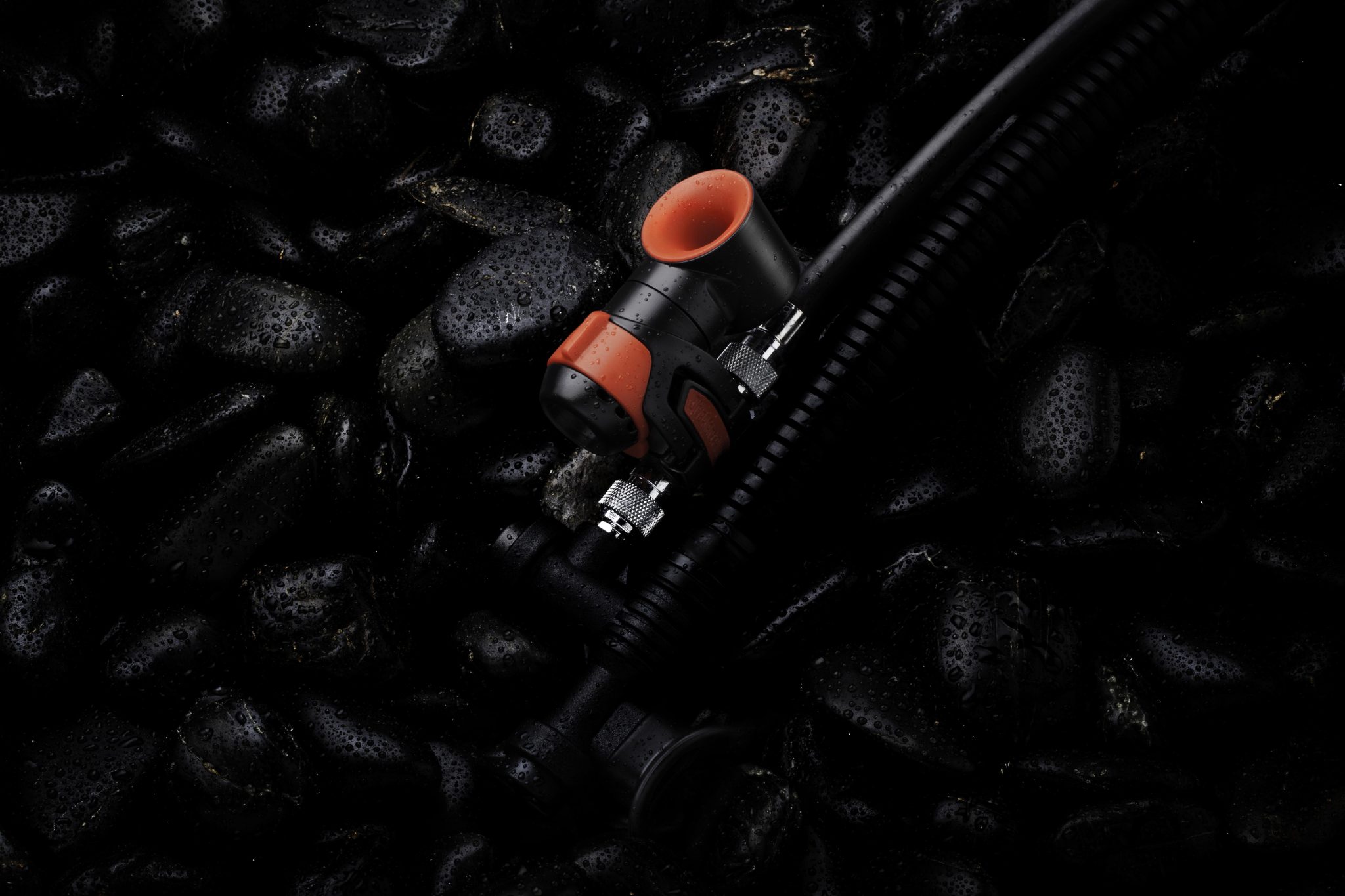
DiveAlertPLUS is a specially designed, small, lightweight pneumatic signalling device that uses quick-connect/disconnect hose couplings to become an integrated part of your power inflator.
It uses a small amount of air from your SCUBA tank to make a piercingly loud sound in air or water. It can be heard a mile away from where the diver in need is above water.
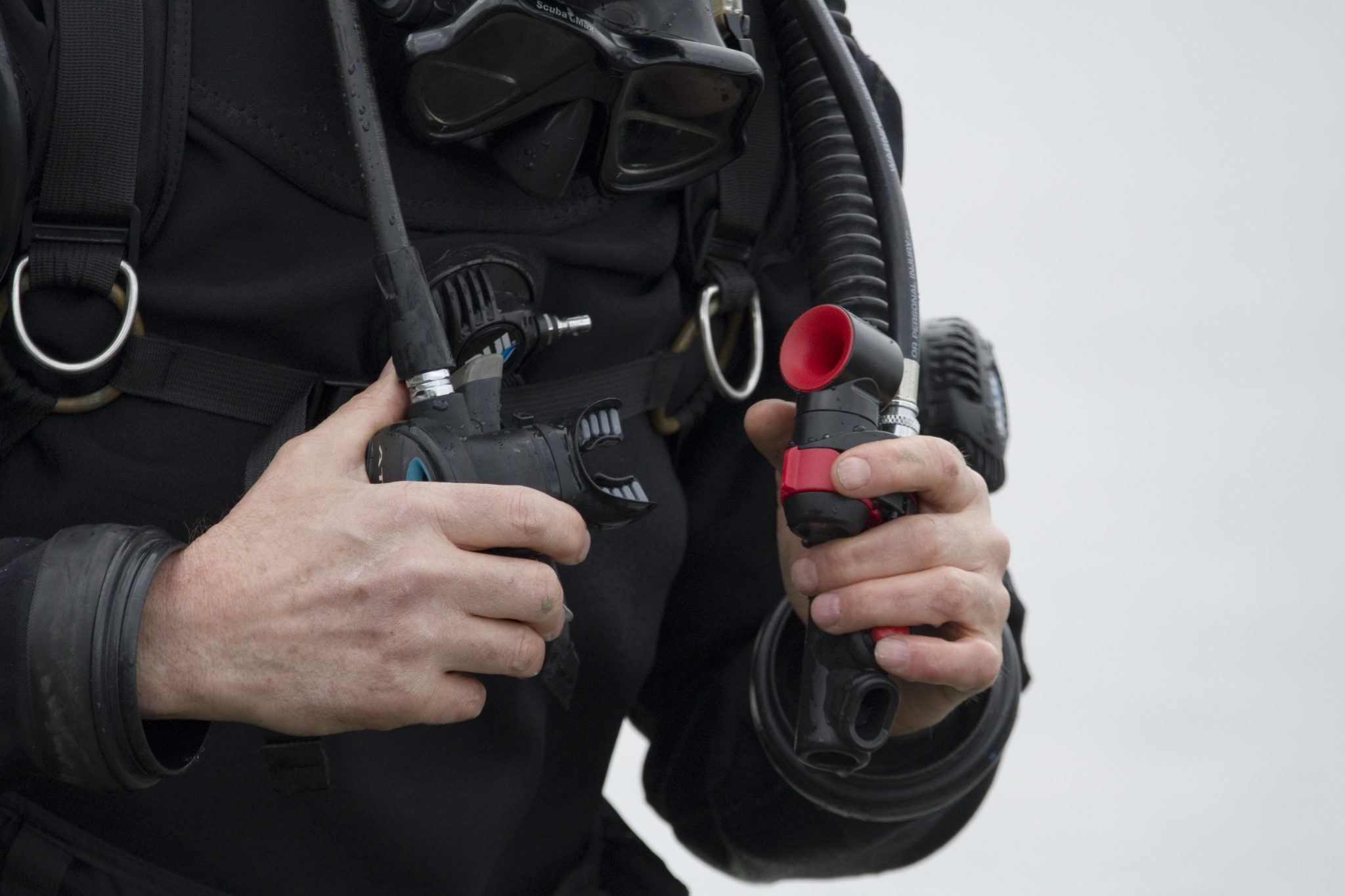
How it works
The DiveAlertPLUS uses chrome-plated brass couplings to attach to your power inflator. Squeezing the device engages the actuator valve stem causing a small amount of air to flutter a stainless steel diaphragm emitting a piercingly loud sound. The subsurface/underwater signal is produced by a percussion “buzzing” noise made by a piston hitting a stainless steel diaphragm much like a drum.
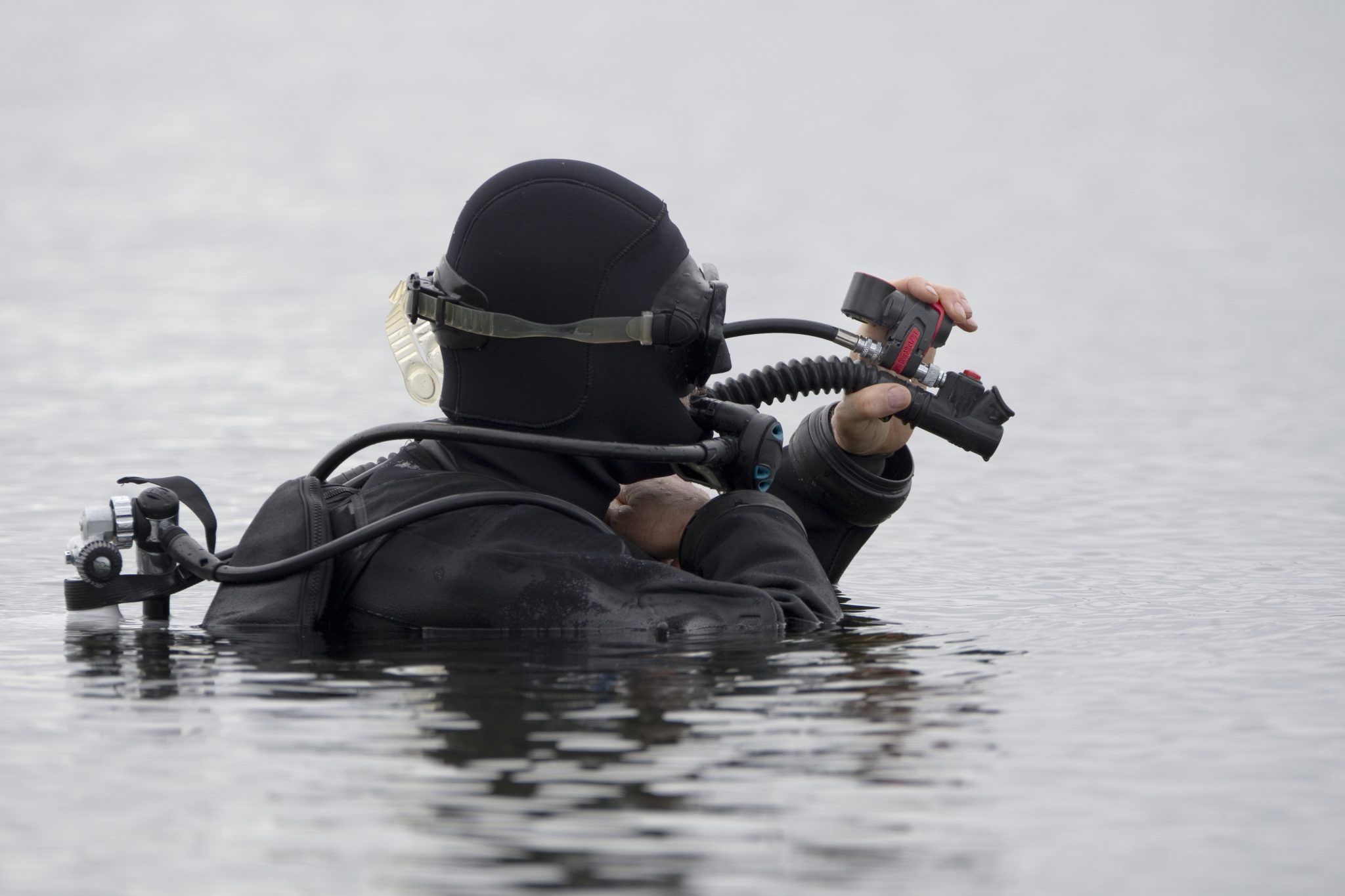
To Learn more about the DV1 an DV3 DiveAlert click on this link to their website: https://www.divealert.com/index.php/divealert-plus
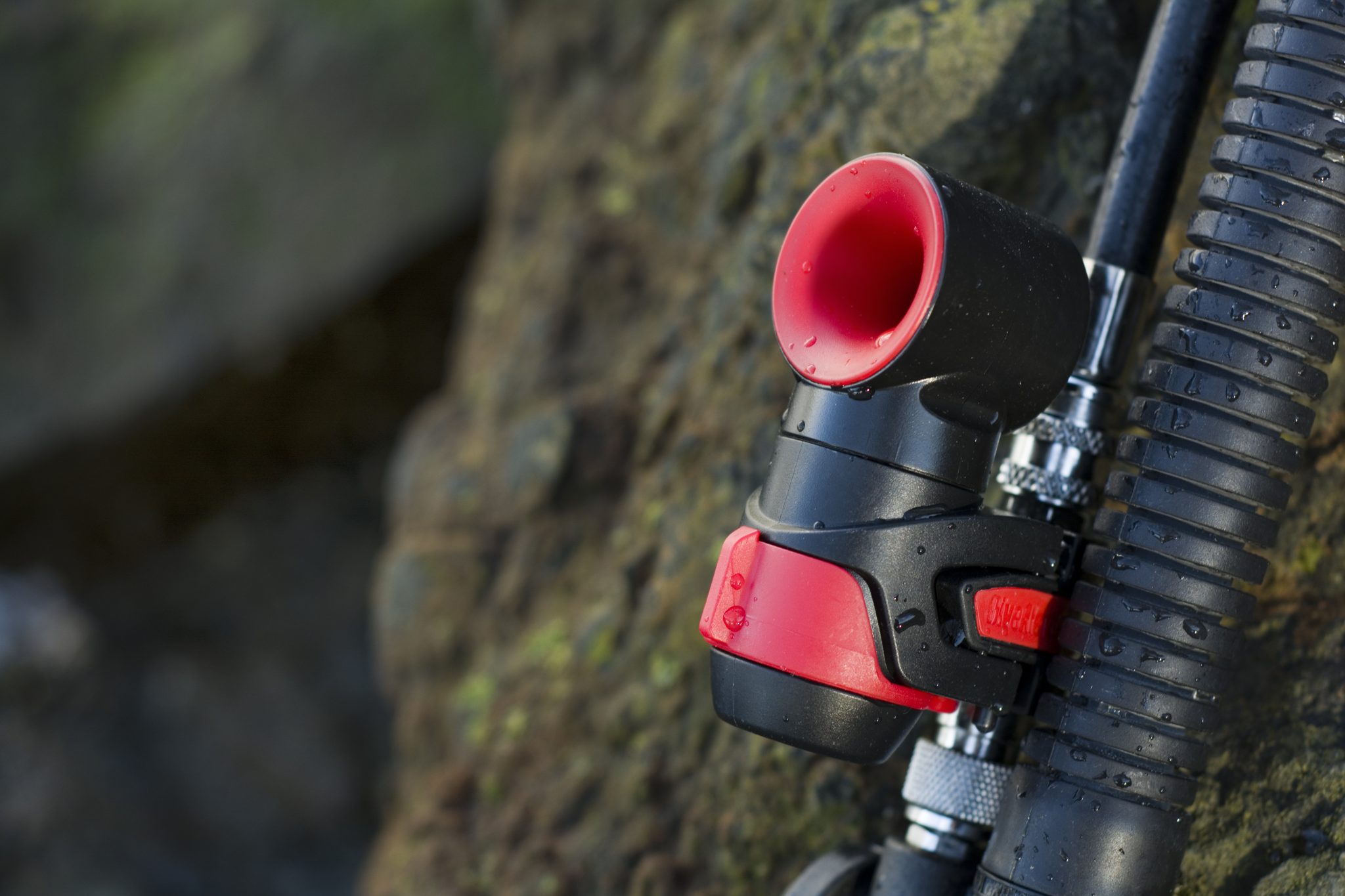
Sea & Sea is the home of DiveAlert and other leading diving brands in the UK.
-

 Blogs4 weeks ago
Blogs4 weeks agoDive Indonesia Part 3: Dive into Lembeh Trip Report
-

 Gear Reviews1 month ago
Gear Reviews1 month agoGEAR REVIEW – Revolutionising Diving Comfort: The Sharkskin T2 Chillproof Suit
-

 News3 months ago
News3 months agoPADI Teams Up with Wellness Brand Neuro to Drive Ocean Change and Create a Blue State of Mind
-

 Blogs2 months ago
Blogs2 months agoMurex Resorts: Passport to Paradise!
-

 Blogs3 months ago
Blogs3 months agoDiver Discovering Whale Skeletons Beneath Ice Judged World’s Best Underwater Photograph
-

 Blogs2 months ago
Blogs2 months agoSeagrass Awareness Month brings critical food source for Manatees to centre stage
-

 Marine Life & Conservation3 months ago
Marine Life & Conservation3 months agoSave the Manatee Club launches brand new webcams at Silver Springs State Park, Florida
-
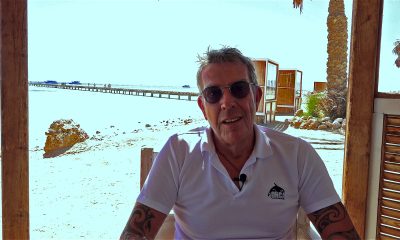
 Blogs2 months ago
Blogs2 months agoSOMABAY: Scubaverse interviews Wolfgang Clausen, General Manager, ORCA Dive Clubs


